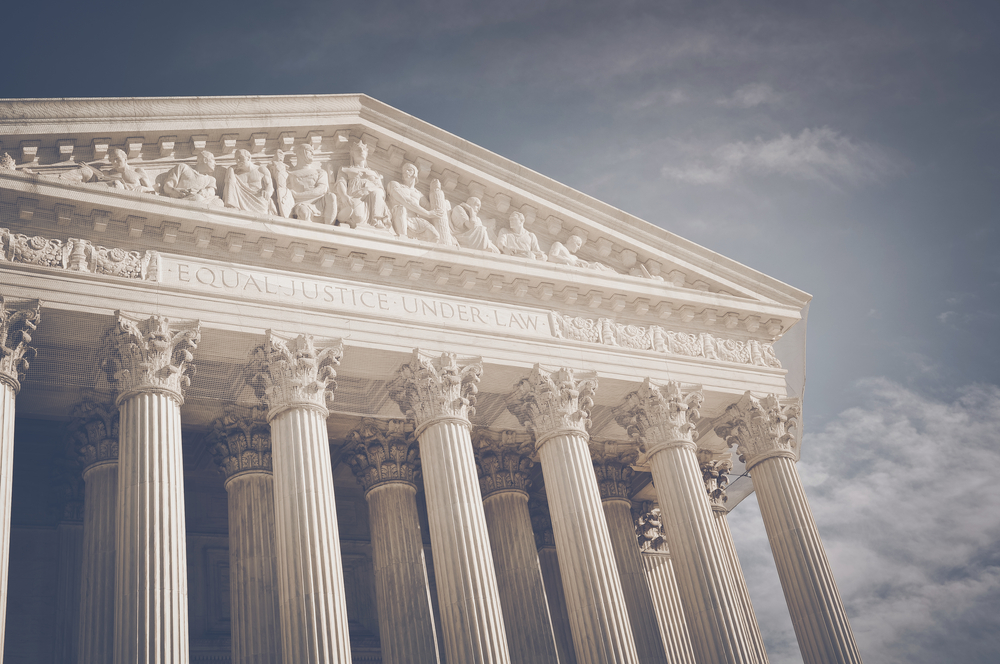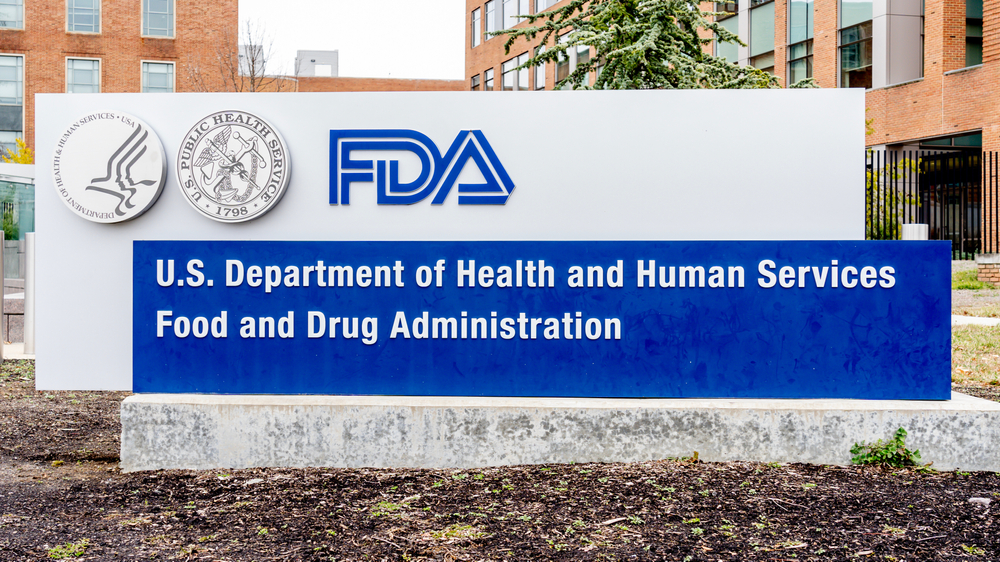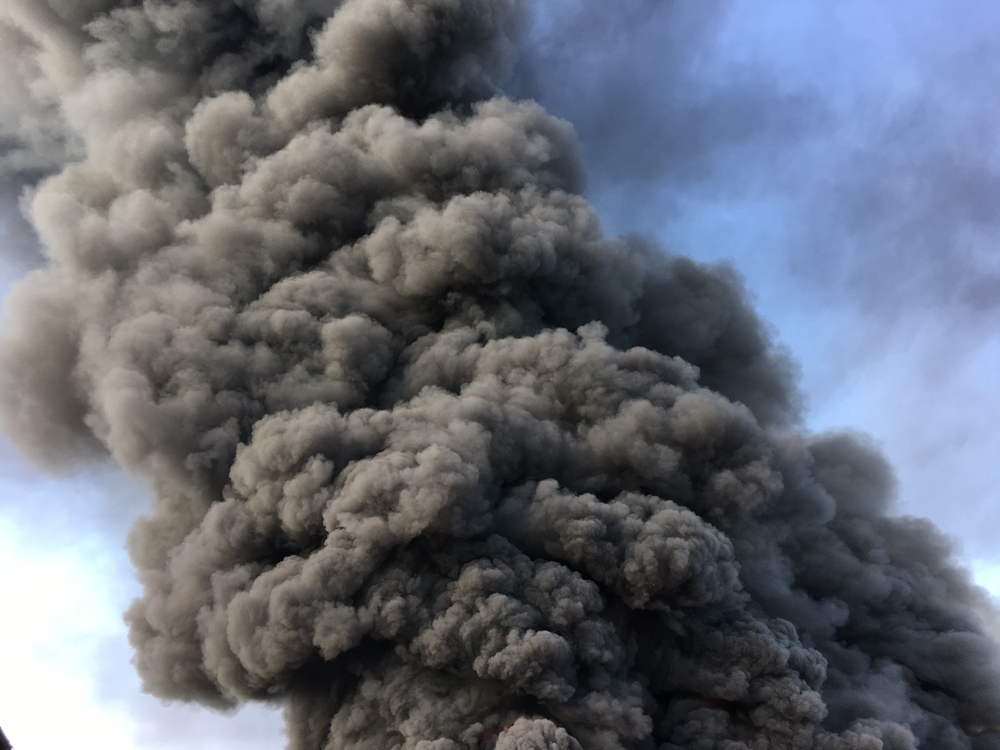Who’s to Blame for the U.S. Opioid Crisis?
According to the U.S. Department of Health and Human Services, an estimated 9.7 million Americans misused prescription opioids in 2019. Another 745,000 used heroin, an opioid made from morphine and sold illegally on the streets.
The Centers for Disease Control and Prevention (CDC) also have startling data about drug use in the United States: Almost 500,000 Americans died from an opioid overdose between 1999 and 2019. During this time, the type of opioid used most started with prescriptions, then heroin, followed by synthetic versions of the drug, especially fentanyl.

These alarming opioid addiction and overdose statistics have fueled advocacy for change. With the epidemic wreaking havoc in cities from coast to coast, pharmaceutical companies, consulting firms, pharmacies, and doctors are being blamed for the opioid crisis in thousands of civil lawsuits. Some landmark trials have recently reached huge settlements, while others have just begun.
West Virginia Opioid Distributors Blaming Doctors
The first trial to address widespread opioid addiction in West Virginia is underway. Three U.S. drug companies are facing lawsuits for distributing mass amounts of opioids in Cabell County and Huntington. The picture in these communities is grim; more than 80 million opioid pills were brought to the region between 2006 and 2014, and in turn, addiction and overdose rates skyrocketed.
The lawsuit, filed by Cabell County and Huntington, says the result of such a large number of opioids in their community has created a serious crisis. Addiction is a disease, and it takes significant funding to treat, something the average city can’t afford.
If won, the settlement will fund essential addiction treatment facilities and services to improve the lives of those affected by opioid addiction and overdose in West Virginia.
But the drug companies accused in this case have not been quiet. The distributors claim doctors, manufacturers, and regulators caused the opioid crisis, not them. If this case is like others, the finger-pointing tactic will not change the outcome or favor those on trial.
Recent Opioid Crisis Lawsuits
Thousands of civil cases in the U.S. have already led to multi-billion-dollar settlements to be paid by big pharma companies that manufacture and deliver opioids.
Mass lawsuits have led some accused companies to claim bankruptcy because of the cost of the legal process and settlements. Such was the case for Purdue Pharma, a company that develops, manufactures, and markets medications, including opioids. They filed for bankruptcy amidst thousands of civil claims in 2019. These lawsuits led to a $10 billion settlement proposal by Purdue Pharma.
But pharmaceutical companies aren’t the only ones being blamed for the opioid crisis. Earlier this year, lawsuits against McKinsey & Co., the consulting firm for Purdue Pharma, reached a $573 million settlement with 47 states. The lawsuits claimed McKinsey & Co. promoted opioids, specifically OxyContin, and that their efforts contributed to the epidemic. This case may open the door to more lawsuits against those involved in the sale and marketing of opioids.
In Ohio in 2020, several counties filed lawsuits against pharmacies for dispensing opioids in large amounts, and those pharmacies tried to deflect like distributors have. The pharmacies named in the case spoke out publicly, claiming doctors and other healthcare workers are responsible for the opioid crisis – not them. They argued that pharmacies merely dispense what’s prescribed by doctors and therefore aren’t at fault for filling what was ordered.
Also last year, pivotal opioid lawsuits against pharmacies in Florida saw a similar response by the defendants. Pharmacies facing lawsuits pointed to doctors as the guilty party. Large chains have gone so far as to take legal action, attempting to push lawsuits against them onto doctors and healthcare workers. However, they’ve been widely criticized for their efforts to shift blame, and they’ve not held up or prevented further cases and settlements so far.
The Future of the Opioid Crisis
The extensive mix of claims against companies in varying roles of the opioid supply chain have revealed the complexity of these cases. So many businesses and individuals are involved in manufacturing, prescribing, regulating, promoting, and distributing opioids. This makes determining who’s responsible for the crisis – and to what extent – a difficult process.
The solutions for widespread opioid addiction are costly, but government agencies are addressing the opioid crisis in several ways. With the addition of settlements from those who had a role in and profited greatly from opioid use in the U.S., the costs will be more manageable, and greater effort can be taken to get the situation under control.
Access to services and rehabilitation facilities are an important part of battling opioid addiction. Without the proper guidance and support services from medical professionals, those addicted to the drug will be at-risk of continued misuse, with far too many suffering fatal overdoses.
Opioid use grew exponentially over the last two decades. It’s clear there’s a need for change, and it needs to happen soon. Regardless of who’s to blame, the opioid crisis is far from over.



















